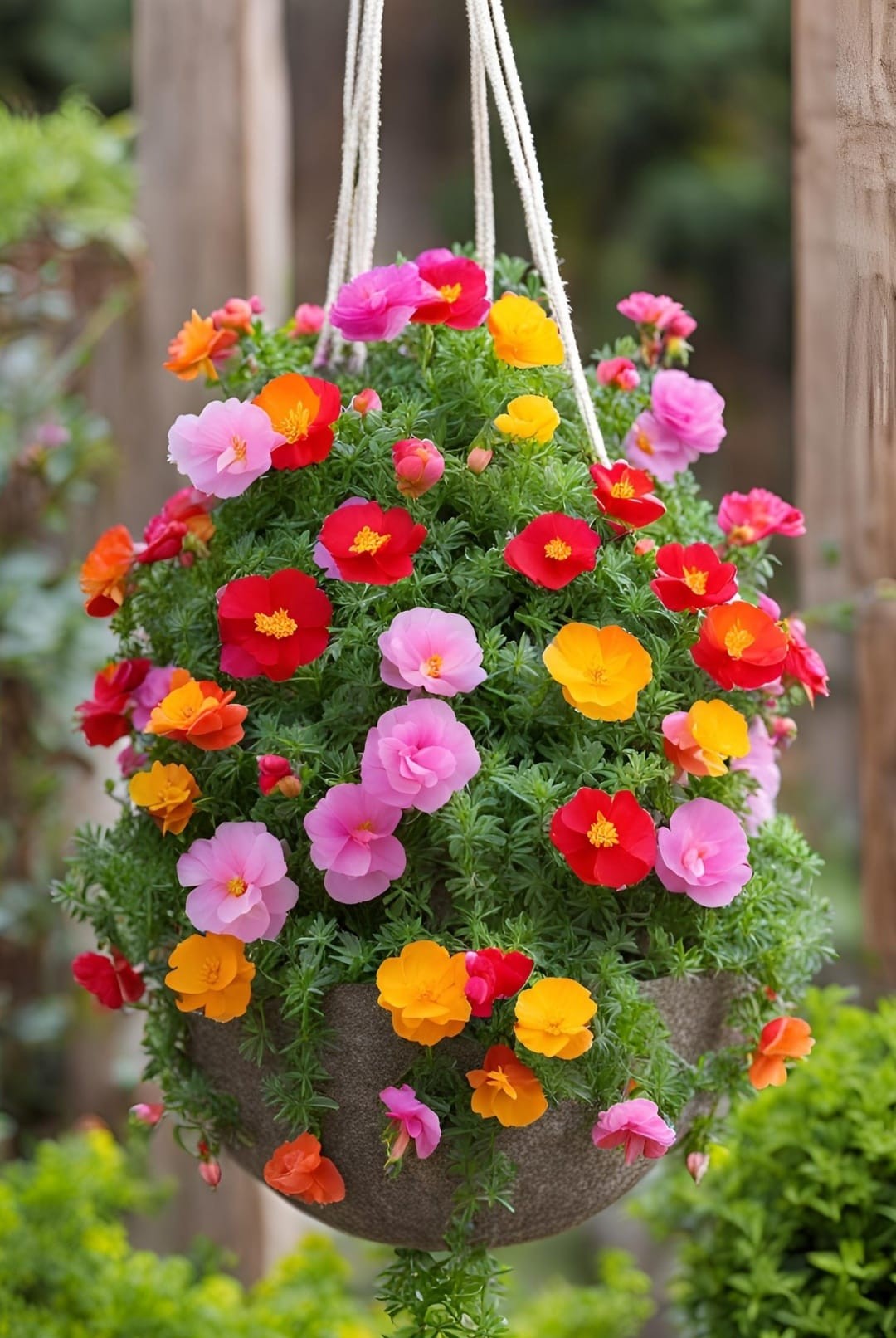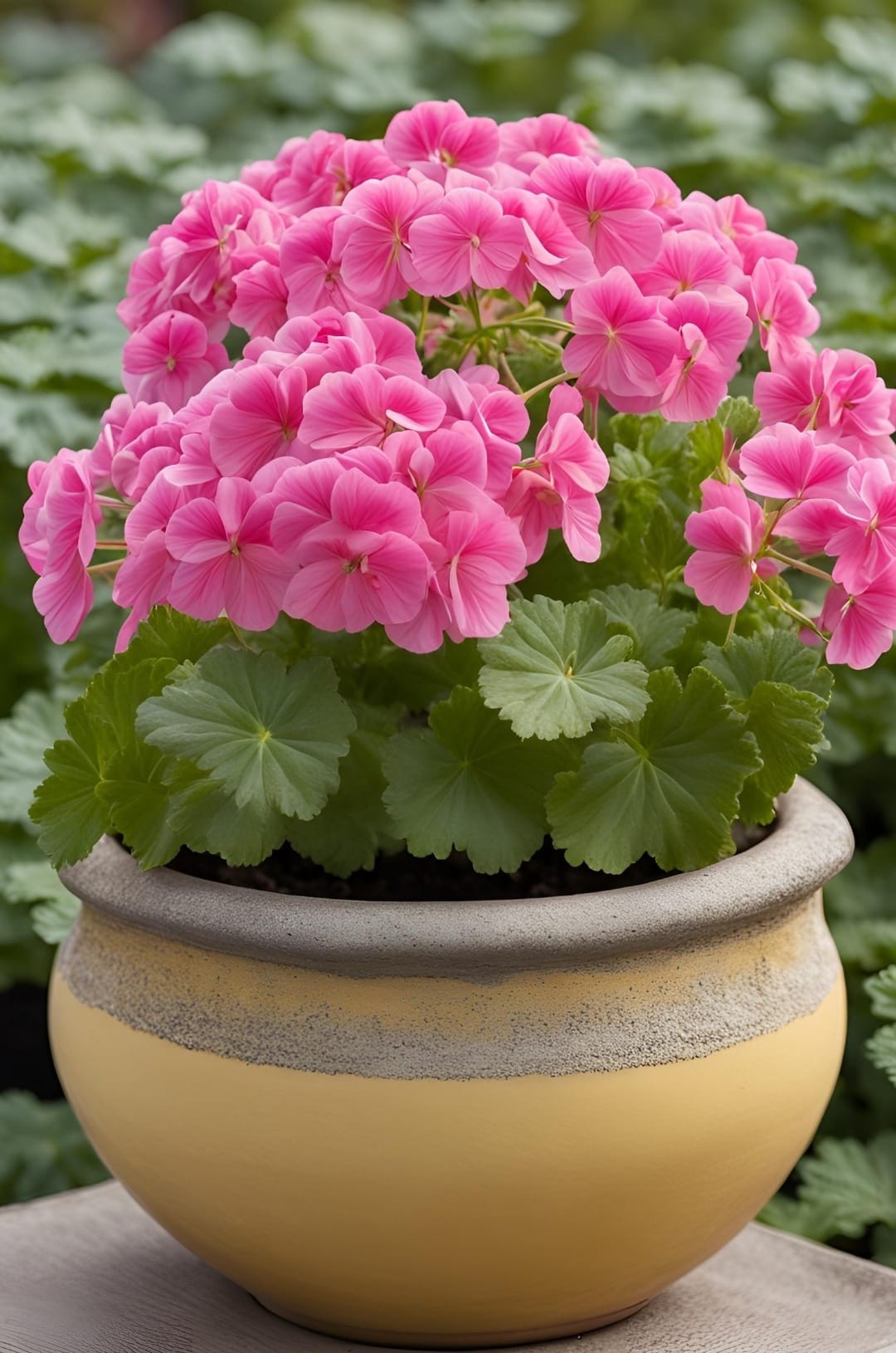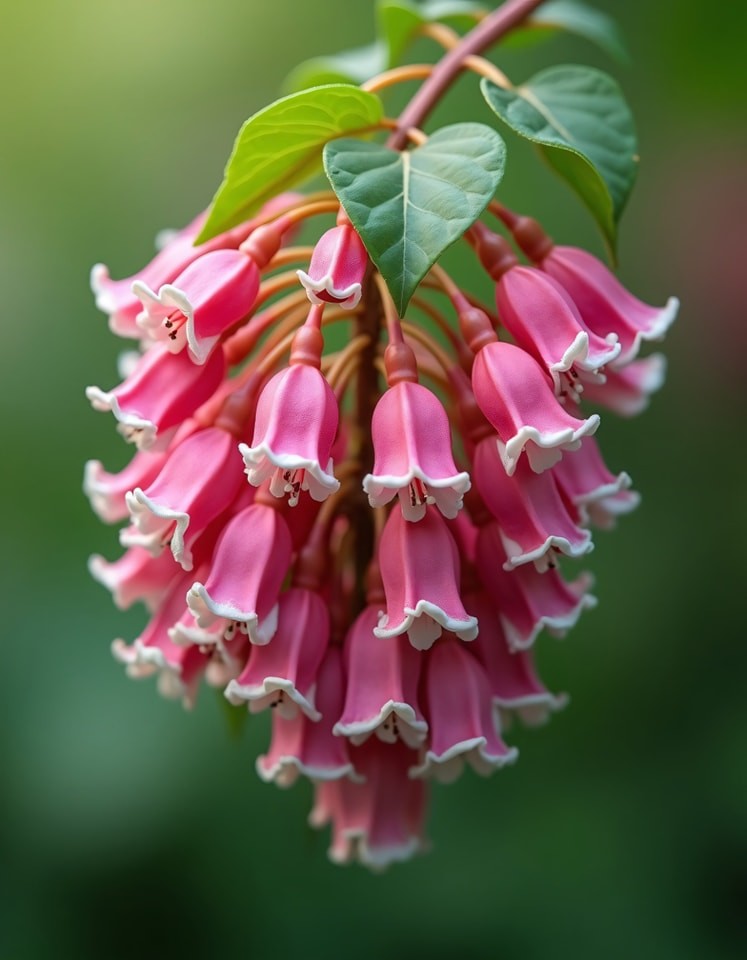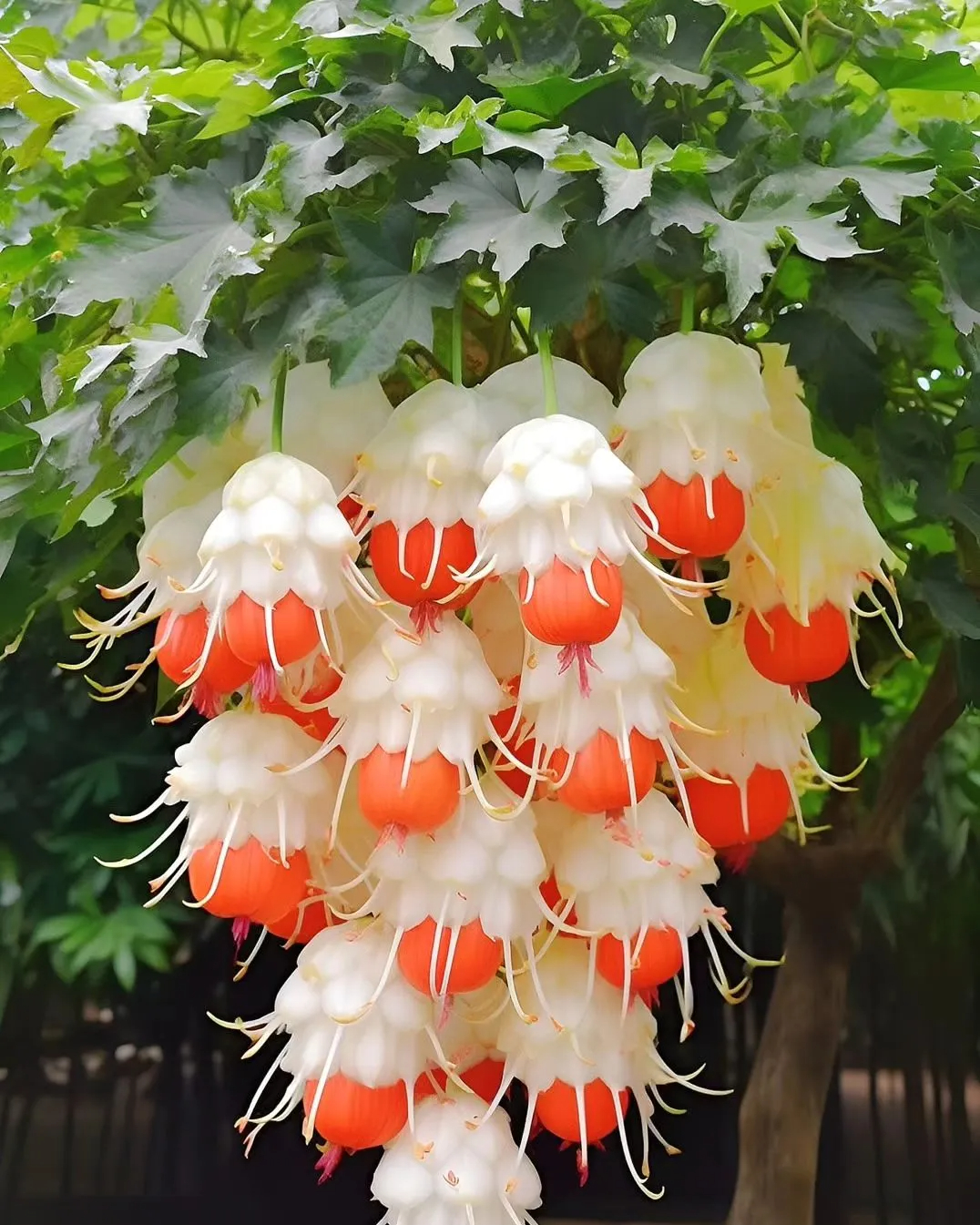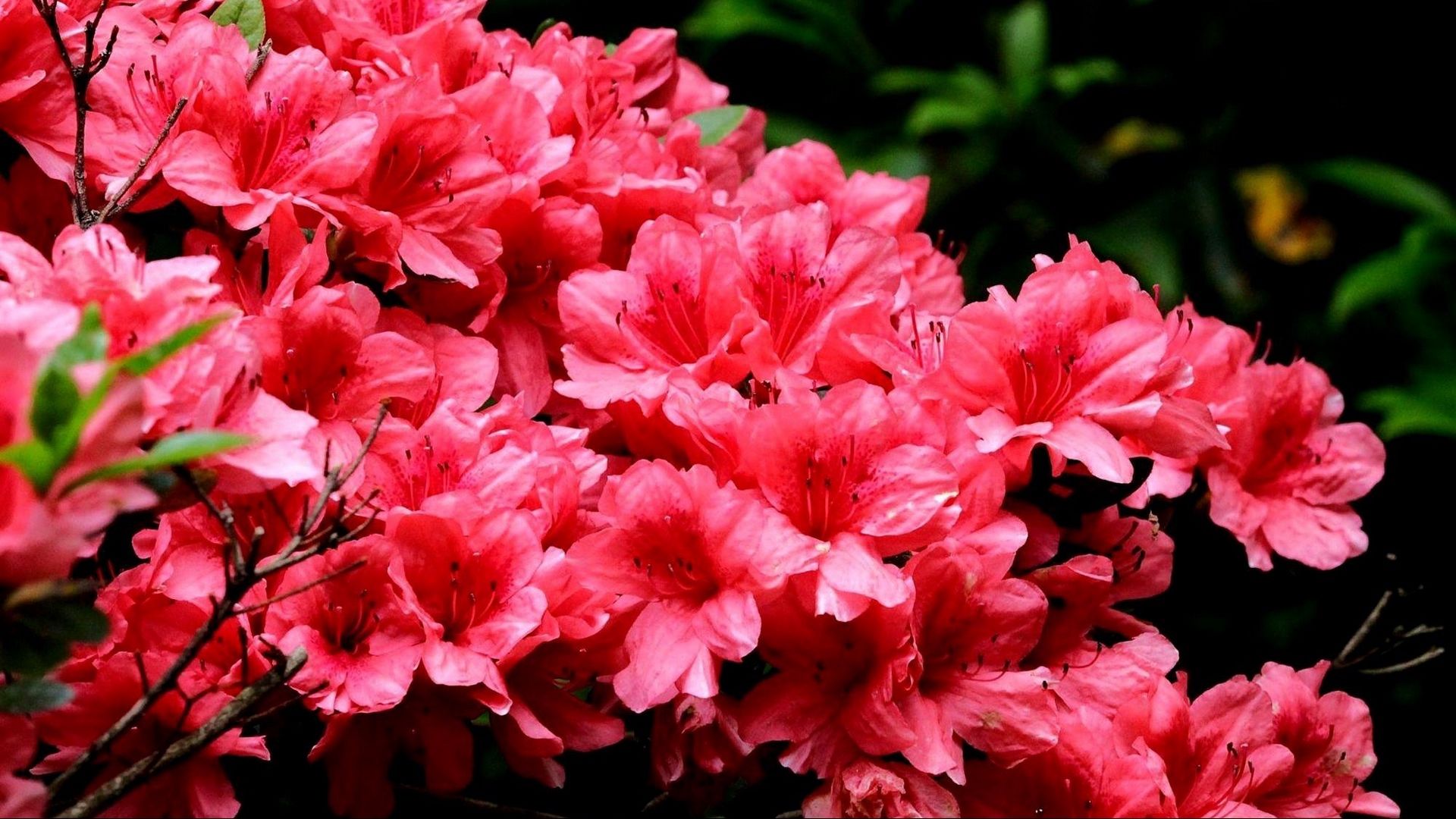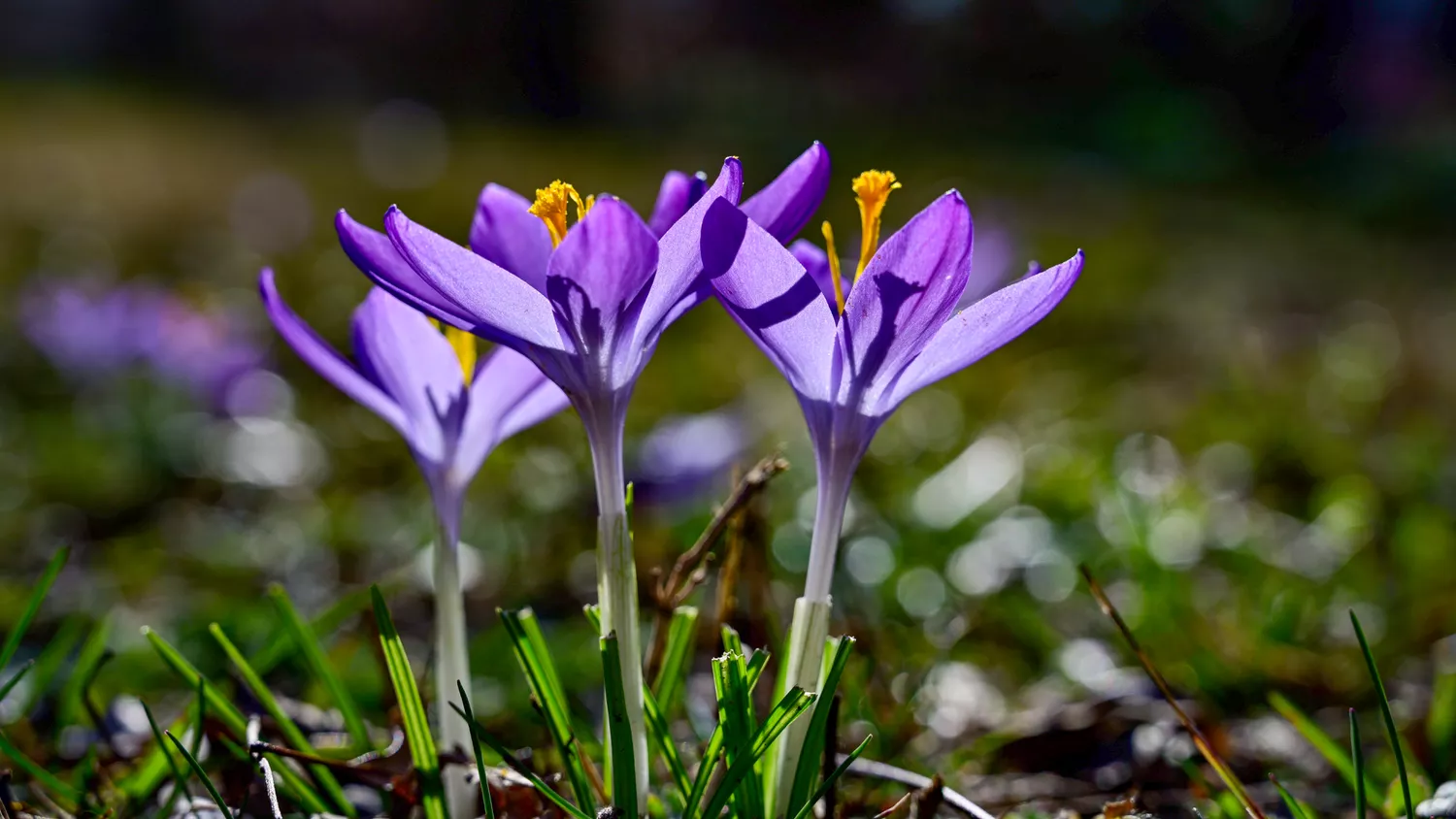The safflower plant (Carthamus tinctorius L.) is a member of the Asteraceae family or sunflower family.

Like all oils, safflower oil is not a good source of nutrients, although it is high in vitamin E.
Here is the nutritional breakdown of 1 tablespoon (14 grams) of safflower oil (5):
As you can see, safflower oil is primarily composed of fat. Aside from vitamin E, it lacks most other nutrients.
Safflower oil is mainly composed of oleic and linoleic acids. These two unsaturated fats make up 90% of safflower oil. The saturated fatty acids, palmitic acid and stearic acid, make up the remaining 10% (6).

Studies show that standard safflower oil contains (6Trusted Source):
However, the amount of linoleic acid and oleic acid in safflower seeds can vary greatly. Some varieties are very rich in linoleic acid and contain up to 89% linoleic acid. Others are very rich in oleic acid and contain up to 91% oleic acid (6).
As mentioned above, safflower oil is primarily composed of fat and, apart from vitamin E, lacks vitamins and minerals.
Like many oils, it is high in vitamin E. This is a fat-soluble nutrient that has antioxidant properties and plays a role in immune function.
However, many foods, including avocados, sunflower seeds, almonds, and spinach, contain vitamin E, so deficiency is rare in healthy people (7).
Compared to other oils such as olive oil, safflower oil has much less evidence supporting its use as a healthy fat.
In fact, some studies suggest that the omega-6 fat linoleic acid, the main component of standard safflower oil, can actually harm health when consumed in excess (8).
A 2020 review suggested that excessive dietary linoleic acid intake may harm the brain by promoting neuroinflammation (8).
And although some studies have suggested that oils rich in linoleic acid, such as standard safflower oil, may help reduce the risk of heart disease by lowering cholesterol, researchers argue that their effects on other aspects of health are less clear. and that the current dietary intake of linoleic acid is too high (9Trusted Source).
Although the body needs very small amounts of linoleic acid to function, the amount most people currently consume far exceeds those needs.
Consumption of omega-6 linoleic acid has skyrocketed in recent decades, changing the ratio of omega-6 to omega-3 from an ideal ratio of 4 to 1 to 20 to 1 (8).

Although your body needs omega-3 and omega-6 fats, omega-3 fats like eicosapentaenoic acid (EPA) and docosahexaenoic acid (DHA) tend to be more anti-inflammatory. Omega-6 fats like linoleic acid tend to be more pro-inflammatory (10).
This growing imbalance in the ratio of omega-6 to omega-3 has been linked to many conditions, such as inflammatory and autoimmune diseases, heart disease, and more (11).
High oleic safflower oil contains lower amounts of linoleic acid, so it may not contribute to these problems in the same way as standard safflower oil. To be labeled high oleic, safflower oil must contain at least 70% oleic acid (9, 12).

Some studies suggest that high-oleic vegetable oils could be a healthy alternative to other oils, such as those containing trans fats or high levels of saturated fats. Although more research is needed, you may be able to reduce your risk of heart disease by choosing high-oleic safflower oil instead of high-saturated fat options like coconut oil, palm oil, or butter (9Trusted Source, 12 Trustworthy Source, 13 SourceTrusted Source).
Of course, decades of research supports eating more unsaturated fat from plant foods and less saturated fat from animal foods like butter to promote heart health. At the moment, there is no evidence that safflower oil is healthier or more effective at promoting heart health than other well-researched oils like olive oil (14Trusted Source, 15Trusted Source).
High oleic safflower oil may be a better choice than standard safflower oil, but there is only limited evidence of its health properties. Still, if you buy safflower oil, check the label to make sure you’re getting a high-oleic version.
Additionally, safflower oil is often found in fried foods such as chips and French fries, which are best consumed in moderation.
In addition to its culinary uses, safflower oil is used in the cosmetic industry in products such as moisturizers. When applied topically, safflower oil can be used as a natural moisturizer for dry skin.
What’s more, research suggests that safflower oil may be useful in treating skin wounds due to its antibacterial and antifungal properties (16).
However, if you have a serious skin wound, do not try to treat it with safflower oil. Instead, seek appropriate treatment from a healthcare professional.

Safflower oil is a type of fat often used in high-heat cooking methods, such as frying.
Although small amounts of safflower oil will not negatively affect health, consuming too few omega-3s and too much safflower oil and other sources of omega-6-rich fats may contribute to an imbalance in the omega-6 to omega-3 ratio. in the diet. . This, in turn, can negatively affect overall health.
There is also little evidence to support the use of safflower oil to benefit any aspect of health or to suggest that it is superior to other oils such as olive oil.
If you decide to consume safflower oil, use it sparingly. More often, use more evidence-based sources of fats, such as olive oil, avocados, and nuts, as part of a well-rounded diet.
